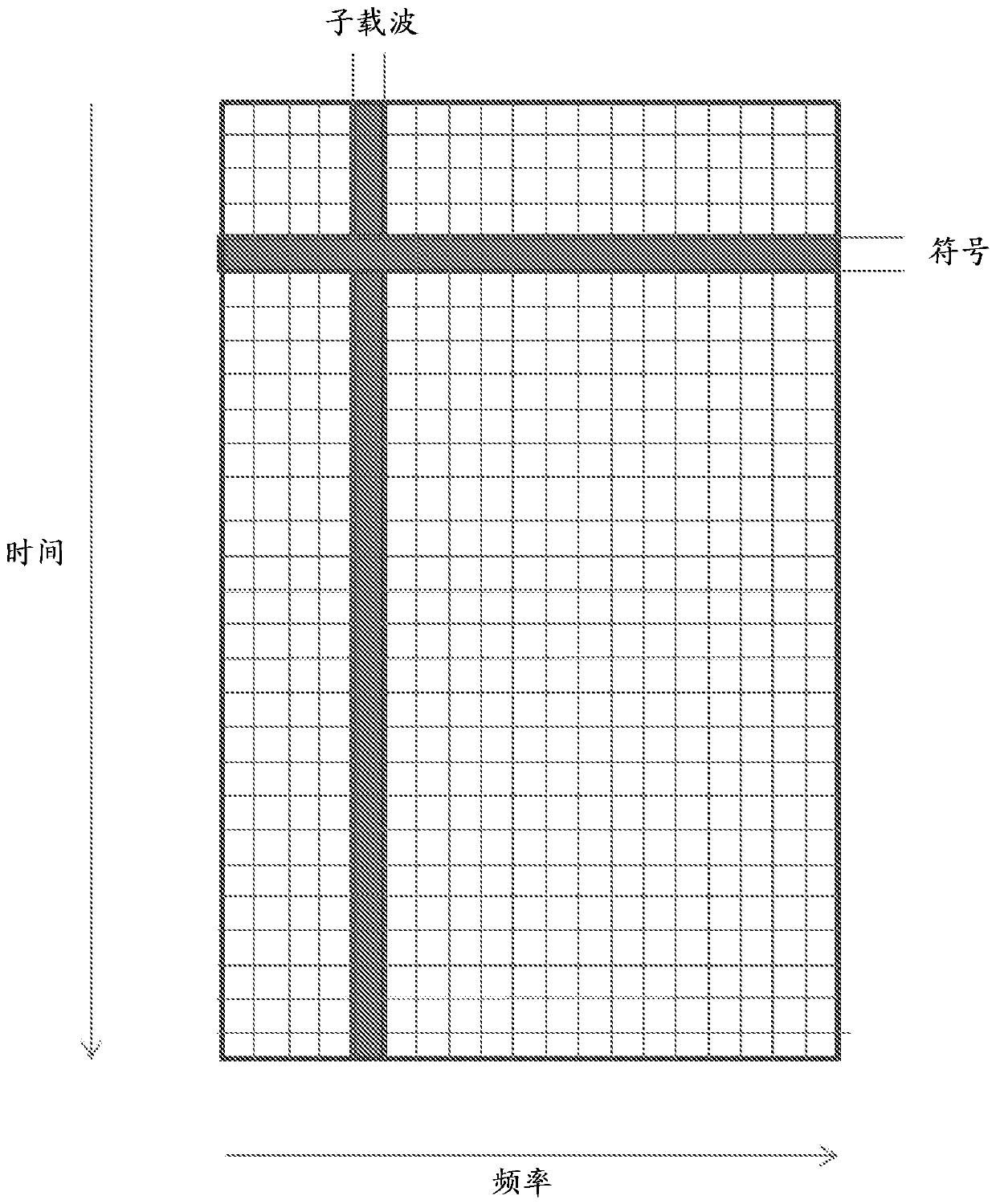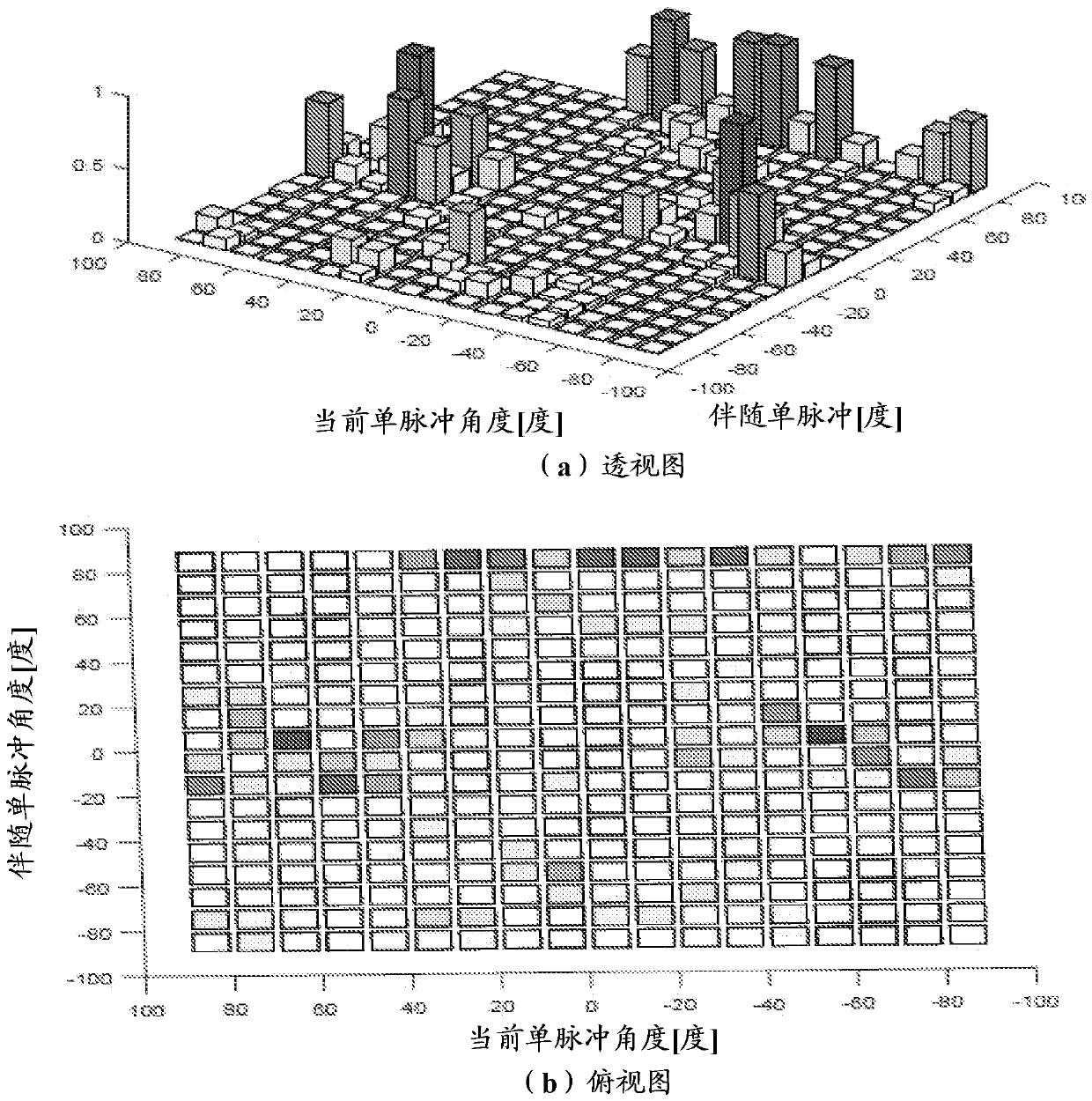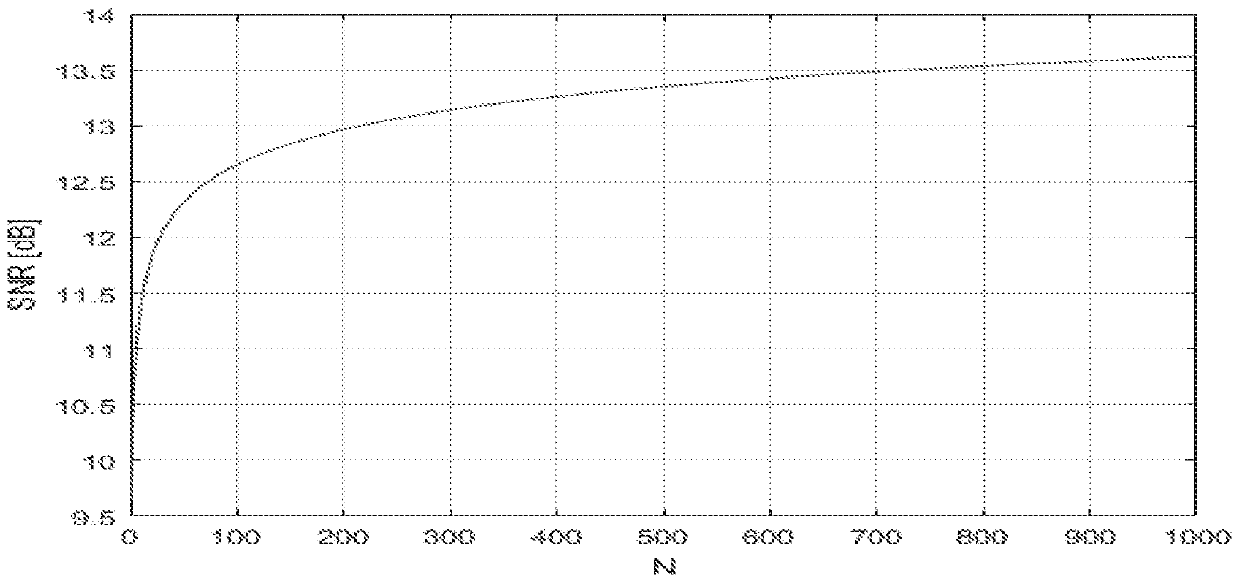Efficient beam searching
A beam, main beam technology, applied in the field of efficient beam search
- Summary
- Abstract
- Description
- Claims
- Application Information
AI Technical Summary
Problems solved by technology
Method used
Image
Examples
Embodiment Construction
[0055] Embodiments utilize nodes (eg base stations such as gNBs) capable of tracking beams in a cell. A beam may refer to, for example, a set of antenna weights (also known as a precoding vector). In this context, tracking a particular beam may refer to receiving signal measurements (such as signal power, signal strength, SINR) related to signals (eg, reference signals) that have been transmitted using a particular precoding vector. The signal measurement may indicate the power of the signal as measured by the UE. Such signal measurements may vary due to cell geometry, eg due to beam reflection, beam diffraction and / or beam shadowing effects. A base station may be able to measure signal measurements of beams within its own cell. For example, UEs within a cell may measure Reference Signal Received Power (RSRP) and / or Reference Signal Strength Indicator (RSSI) and may report such measurements or other quality indicators to the cell's base station. The base station may also be...
PUM
 Login to View More
Login to View More Abstract
Description
Claims
Application Information
 Login to View More
Login to View More - R&D
- Intellectual Property
- Life Sciences
- Materials
- Tech Scout
- Unparalleled Data Quality
- Higher Quality Content
- 60% Fewer Hallucinations
Browse by: Latest US Patents, China's latest patents, Technical Efficacy Thesaurus, Application Domain, Technology Topic, Popular Technical Reports.
© 2025 PatSnap. All rights reserved.Legal|Privacy policy|Modern Slavery Act Transparency Statement|Sitemap|About US| Contact US: help@patsnap.com



